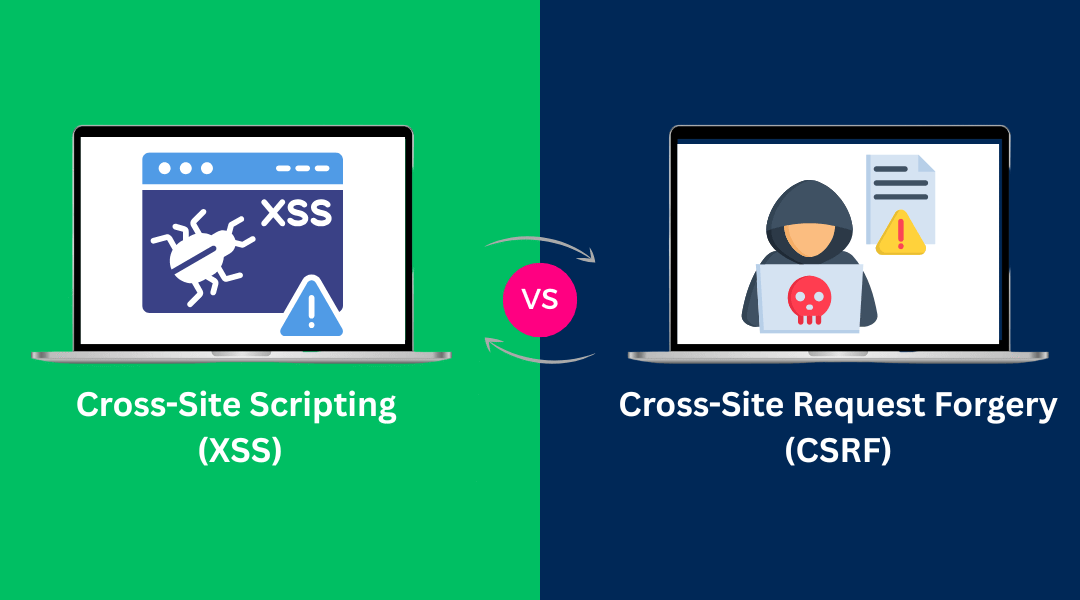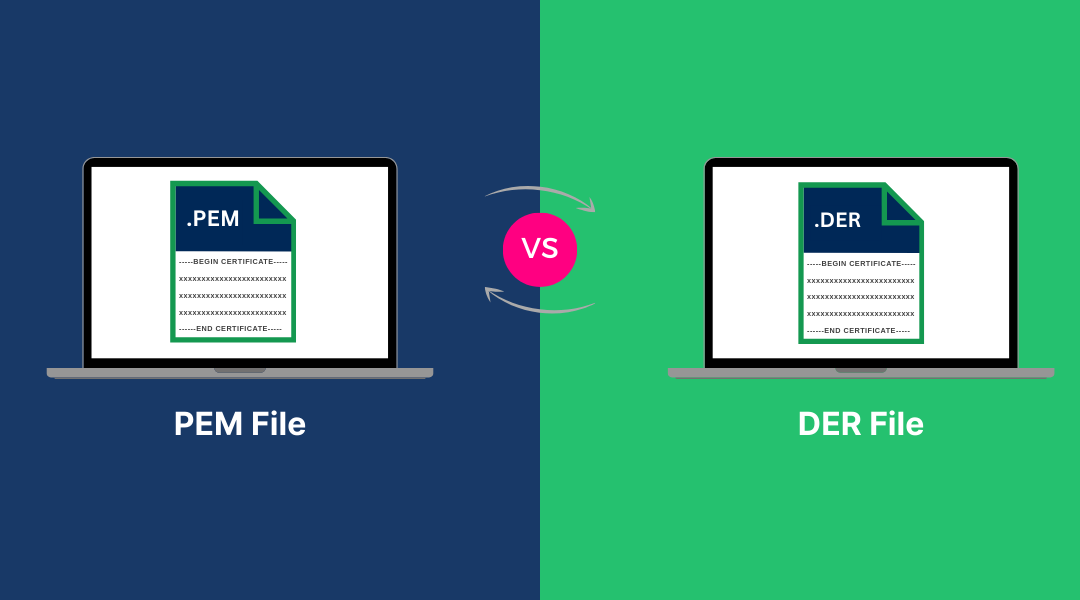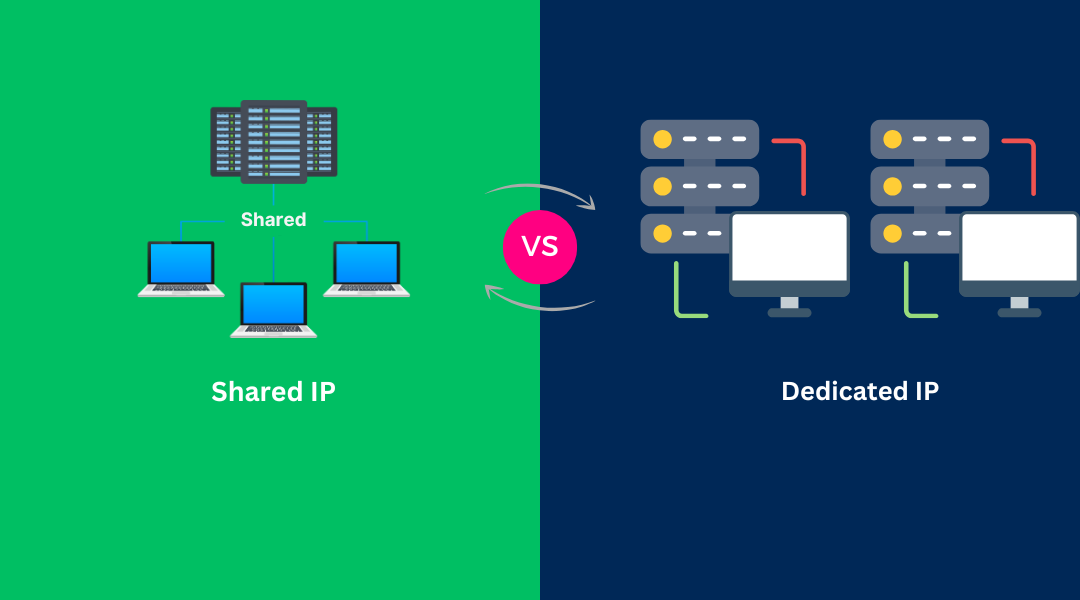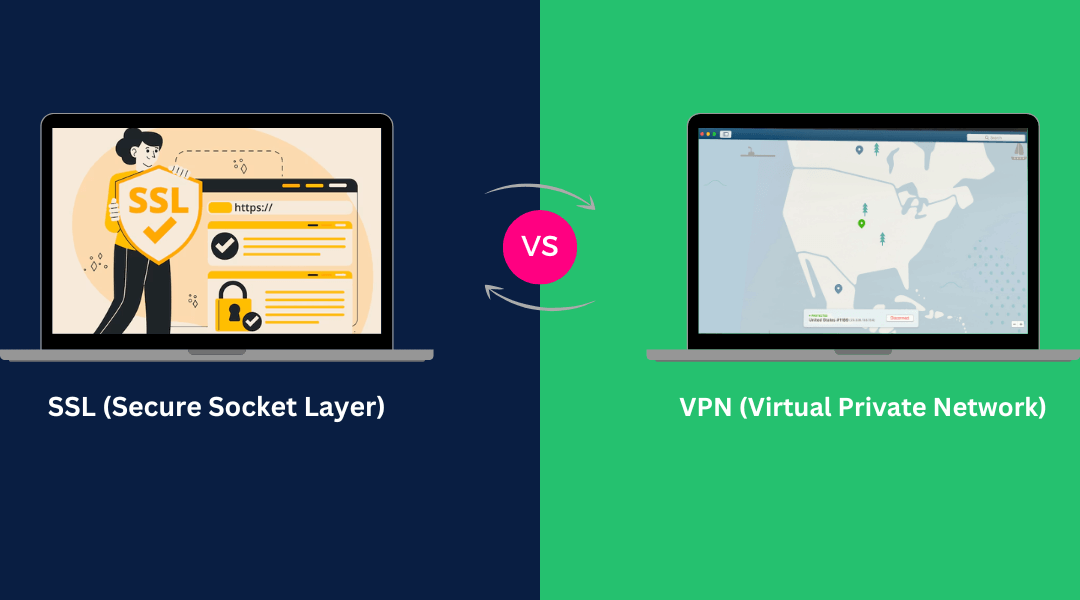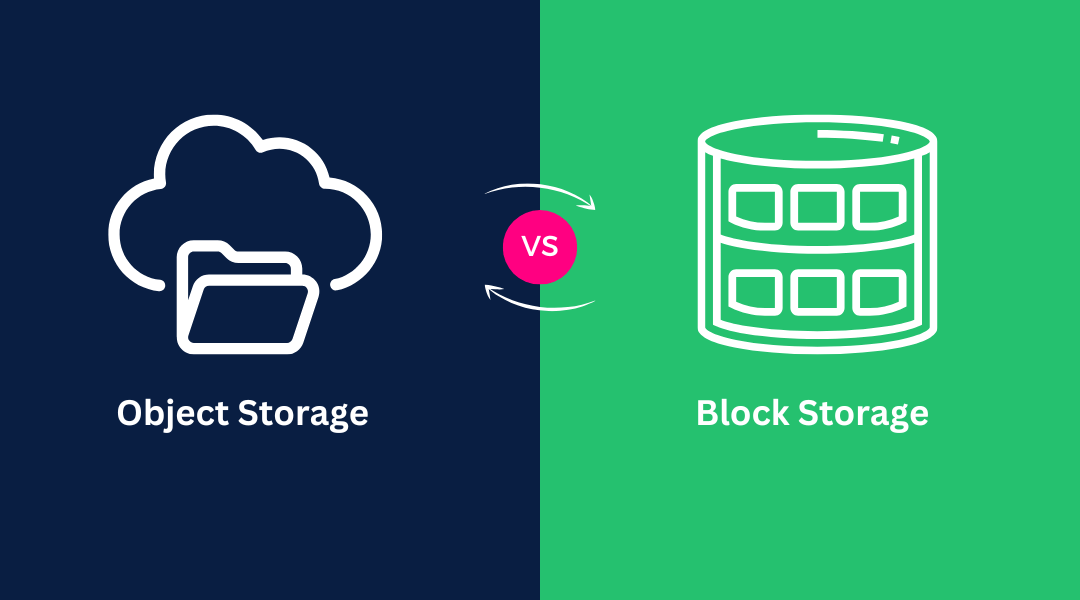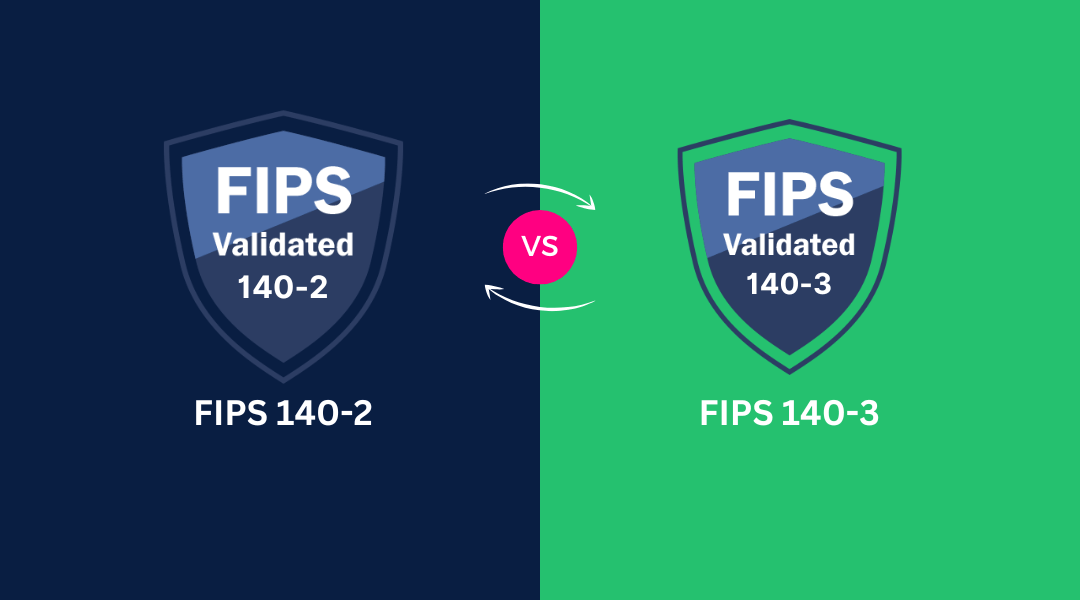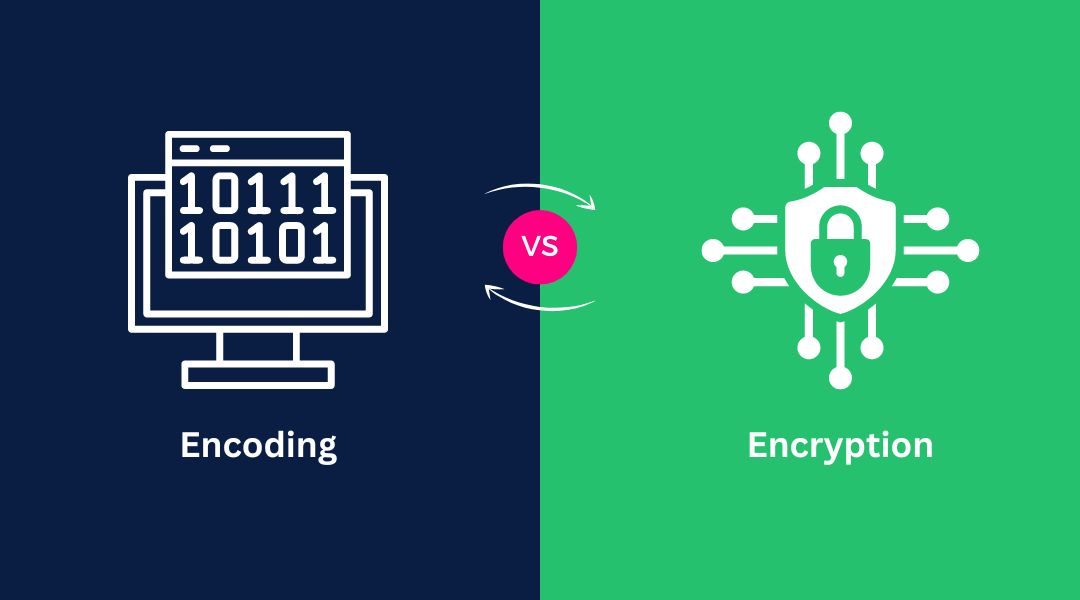Web security faces two major threats in the form of Cross-Site Scripting (XSS) and Cross-Site Request Forgery (CSRF) which frequently get mistaken for each other. The two vulnerabilities exploit website-user trust relationships through different attack methods. The...
